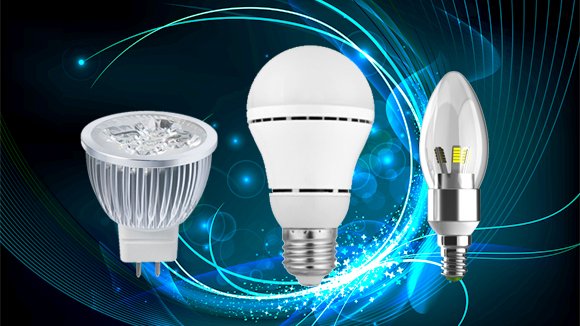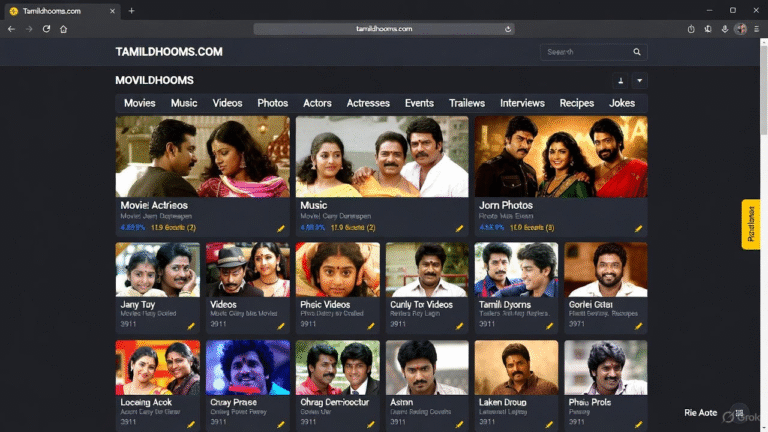
LED light manufacturers
Electronic Age is LED technology where light emitting diode has emerged as the most energy efficient, durable, and flexible lighting source available to the market. Light emitting diode or LED light is another essential component in this transition and manufacturers are today offering different types of lighting solutions for homes, offices, and others. This article aims to exhaustively explain and present the roles, activities, advancements, and key contributions of LED light manufacturers in fostering a sustainable and lighted society.
The Importance of LED Light Manufacturers
Advancing Energy Efficiency
LED lighting manufacturers are retaining themselves inside the loop as way because the enhancement of strength-efficient lighting fixture solutions is involved. Lit LEDs have a distinct advantage in that they devour a substantially smaller amount of power than incandescent or fluorescent lighting fixtures whilst at the same time emitting a good deal or milder in line with the source. They are therefore capable of saving a lot of electricity charges as compared to other light sources hence making LEDs an energy-efficient solution that is friendly to the natural environment.
Promoting Longevity and Durability
This technique is also useful for the operation of LED lights, one of which includes their long life expectancy. LED light manufacturers produce luminaires that can have a life of well over 50,000 hours or more, many times longer than any other lighting solution available in the market. This durability means that products require fewer replacements hence lower frequencies of maintenance and a reduced number of items which goes a long way in decreasing manufacturing wastes hence environmental degradation.
Enabling Versatile Applications
LED light manufacturers offer all kinds of light products which can be adopted for any intended use. Source: A practical guide to LED lights Lighting applications range from home appliances like bulbs and strip lights to commercial and industrial lights like high bays and floods. This flexibility of use makes it perfect for use both indoors in residential and commercial premises, industries, research facilities, outdoors and with specific sectors like health facilities and research laboratories.
The Manufacturing Process
Research and Development
The process by which an LED light is developed is through; R & D. Expenditure on R & D by manufacturers to enhance and advance the LED technology is labelled high. This phase focuses on different types of materials, LED light diffusion, improved efficiency, and color quality. It also involves new ideas, especially in the application of smart lighting to cover for today’s emerging technologies such as IoT.
Component Production
LED lighting fixtures are composed of numerous key components, along with the LED chip, motive force, warmth sink, and housing. The production of these components requires precision and great control. LED chips, in the middle of the light, are manufactured by the usage of semiconductor substances. These chips are then encapsulated to protect them from environmental factors. The driving force regulates the power supply, at the same time as the warmth sink dissipates heat to ensure the longevity of the LED. The housing gives structural support and may be designed to fit numerous aesthetic and practical requirements.
Assembly and Quality Control
Once the components are produced, they are assembled into finished products. This assembly process involves mounting the LED chips onto circuit boards, connecting drivers, attaching heat sinks, and encasing the assembly in a protective housing. Throughout this process, rigorous quality control measures are implemented to ensure that each LED light meets high standards of performance and safety. Testing includes checking for correct light output, color temperature, power consumption, and durability under different environmental conditions.
Innovations in LED Lighting
Smart Lighting Solutions
LED light producers are an increasing number of integrating smart generation into their merchandise. Smart LED lighting may be managed remotely through smartphones or voice assistants, permitting clients to adjust brightness, color, or even lighting fixture schedules. These clever solutions decorate convenience and power performance, enabling customers to create customized lighting environments and decrease energy intake via way of automating lighting fixtures based on occupancy or time of day.
Human-Centric Lighting
Human-centric lighting (HCL) is a revolutionary technique that considers the impact of mild on human well-being and productivity. LED mild producers are developing merchandise that mimics natural light styles, assisting circadian rhythms and improving temper, alertness, and sleep. HCL is in particular beneficial in workplaces, academic establishments, and healthcare settings, where lighting can drastically impact overall performance and health.
Environmental Sustainability
Sustainability is a core awareness for LED mild producers. They are constantly operating to lessen the environmental impact of their merchandise by using the use of green materials, optimizing production strategies, and designing for recyclability. Additionally, many producers are committed to decreasing their carbon footprint by implementing inexperienced practices in their operations, including the use of renewable power sources and minimizing waste.
Challenges and Future Outlook
Competition and Market Dynamics
This competition drives innovation and cost reduction but also poses challenges for smaller manufacturers. Staying ahead in this dynamic market requires continuous investment in R&D, maintaining high-quality standards, and effectively marketing products.
Technological Advancements
The speedy pace of technological improvements within the LED enterprise presents opportunities and challenges. Manufacturers have to live abreast of rising technology, along with improvements in semiconductor materials and integration with AI (Artificial Intelligence), to remain aggressive. Those who successfully leverage those improvements can provide current merchandise that meets evolving client needs.
Regulatory Compliance
LED light manufacturers must navigate a complex landscape of regulations and standards governing product safety, energy efficiency, and environmental impact. Manufacturers must stay informed about regulatory changes and invest in compliance to avoid legal issues and maintain their reputation.
Conclusion
LED light manufacturers are pivotal in shaping the destiny of lighting fixtures. Through innovation, satisfactory production, and a dedication to sustainability, they provide lighting answers that meet the wishes of diverse packages whilst promoting energy performance and environmental stewardship. As the enterprise keeps adapting, producers will play an essential position in using technological advancements and setting new lighting standards. The destiny of lights is bright, thanks to LED mild producers’ ongoing efforts and innovations.
Read More: https://chillwithkira.com/2024/06/09/how-are-anchovies-preserved-nyt/







